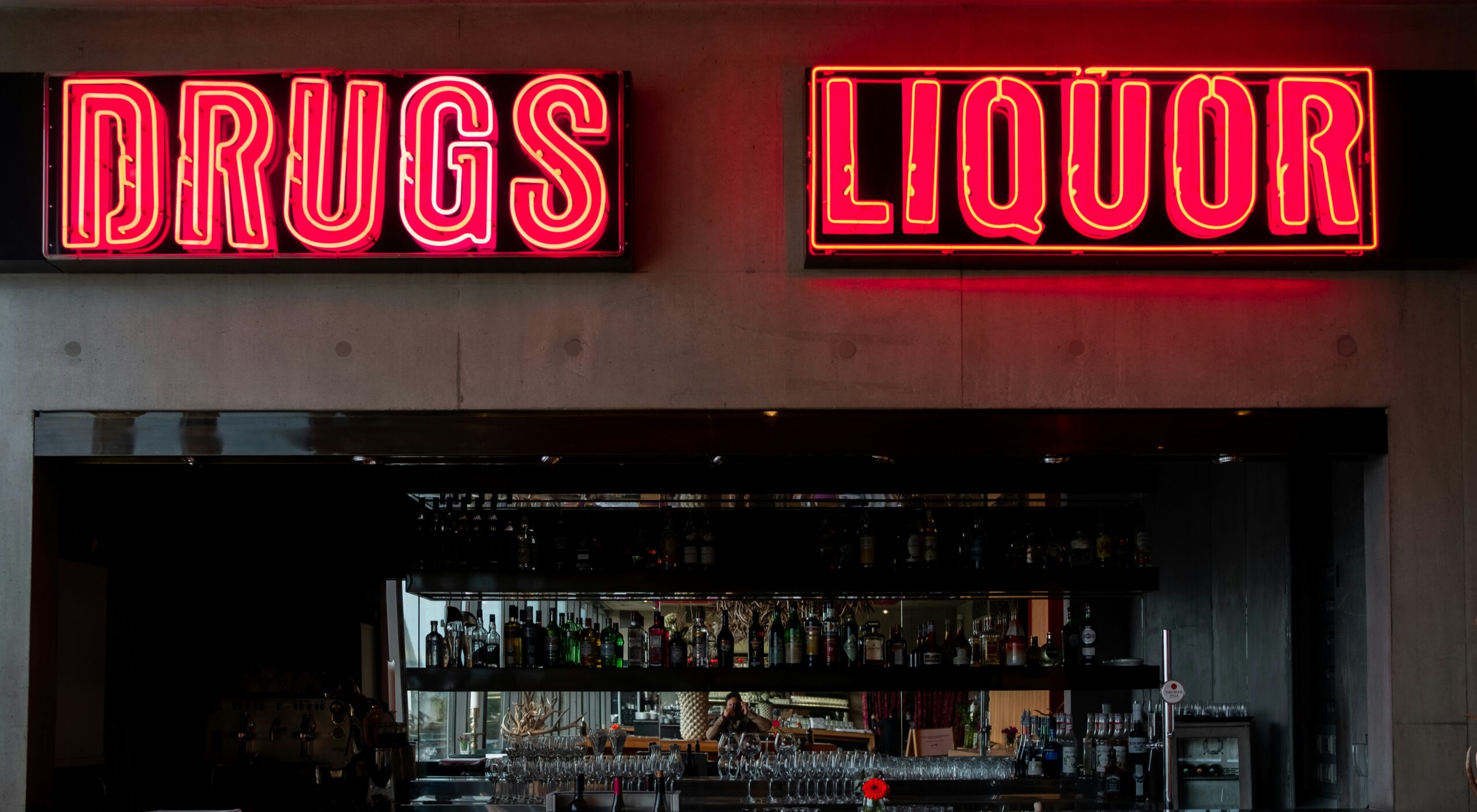Alcohol, marijuana, gas station drugs, cocaine, benzodiazepines, opioids, and beyond. There are all kinds of addictive substances out there. When you start abusing one, it’s easy to find yourself abusing another in just a matter of time. Before long, you’re addicted to multiple substances simultaneously. This is called polysubstance abuse, and it only makes your situation more complicated.
What is Polysubstance Abuse?
So what is polysubstance abuse, exactly? Also known as polysubstance use disorder, polysubstance abuse involves using two or more different types of substances at the same time or within a short period of time. Because you’re abusing these substances, you develop a dependency that gets in the way of your daily functioning, health, and quality of life, shares the Cleveland Clinic. Examples of polysubstance abuse may look like being addicted to both:
- Alcohol and cocaine
- Meth and cocaine
- Benzos and alcohol
- Heroin and prescription opioids
- Alcohol and marijuana
- Prescription drugs and non-prescription drugs
Many people use multiple substances, so polysubstance abuse isn’t a rare situation. Mixing drugs can be a regular occurrence. According to VerywellMind.com, one study showed that among opioid users, most used opioids and non-opioids together. Abusers of other common substances like alcohol, tobacco, cocaine, and marijuana are also more likely to struggle with polysubstance use, according to research. There are even several factors that increase your risk of polysubstance addiction, including:
- Lower levels of education
- Being young
- Being white
- Unemployment
- Anxiety or depression
- Severe alcohol or tobacco use
- Living with a disability
- Genetics
- Family history of substance use
- Stress
- Trauma
- Drug accessibility
The Dangers of Polysubstance Abuse
Polysubstance use can occur intentionally or unintentionally. Unintentional polysubstance use occurs when you take substances that are unknowingly laced with other drugs, which is one of the reasons why fentanyl overdoses have become so widespread. On the other hand, intentional polysubstance use happens when you take one substance to increase or decrease the effects of another. Or, you may just want to experience new effects that arise from the combination of the two, shares the US Centers for Disease Control and Prevention (CDC).
Regardless, mixing substances together is not only a bad idea; it’s also dangerous. The combined effects of multiple drugs can make them stronger and more unpredictable. In fact, nearly half of drug overdoses in 2019 involved polysubstance use, according to Prescribe Change Allegany.
As you abuse multiple substances, you put yourself in further harm’s way. Mixing stimulants like cocaine and meth together can increase your heart rate and blood pressure to dangerous levels, for example. You may even become more susceptible to heart attack, brain injury, or stroke. Combining depressants like opioids and benzos, on the other hand, can slow down your breathing and increase your risk of organ or brain damage, overdose, and death.
You may be tempted to mix stimulants and depressants together in hopes of canceling them out or balancing their effects, but this common belief is inaccurate. Not only are the effects unpredictable, but they also may get masked. As you think these substances are not affecting you and continue to take more, you could accidentally overdose.
Prolonged substance abuse can also impact your mental health, shares Verywellmind.com. Alternatively, you may also seek out multiple substances to self-medicate for mental health disorders like various types of bipolar disorder, PTSD, or depression. And when you’re struggling with both addiction and mental health disorders, you end up having co-occurring disorders, making your life even more challenging. Unfortunately, polysubstance abuse also worsens your mental health disorder instead of improving it.
Polysubstance Addiction Symptoms
Considering the dangers of polysubstance abuse, you’re playing with fire so to speak if you have a polysubstance use disorder. If you’re concerned about your own drug habits or those of a loved one, there are common signs and symptoms of polysubstance addiction that you can look out for, including:
- Experiencing withdrawal symptoms when you stop using your substances of choice
- Needing to use greater amounts of substances to get the same effects due to tolerance
- Noticeable behavior changes
- Mood swings
- Socially isolating yourself
- Struggles with anxiety or depression
- Regularly spending time seeking drugs
- The inability to control your substance use
- Neglecting responsibilities at home, work, or in school
- Struggles to maintain relationships
- Feeling euphoric when you take substances
- Hiding your substance use from others
- Poor hygiene or self-care
- Feeling like you need substances in order to function properly
SOURCES: VerywellMind.com and Cleveland Clinic
Struggling With Polysubstance Abuse? We’re Here for You
You may feel overwhelmed by your polysubstance addiction. But with professional help, you can find healing and recovery. At Sana at Stowe, our New England-based drug and alcohol addiction treatment programs can help you overcome your polysubstance abuse for good. And if you have a co-occurring mental health challenge, you can address both disorders with our dual diagnosis treatment program as well. To get started, contact us today.


